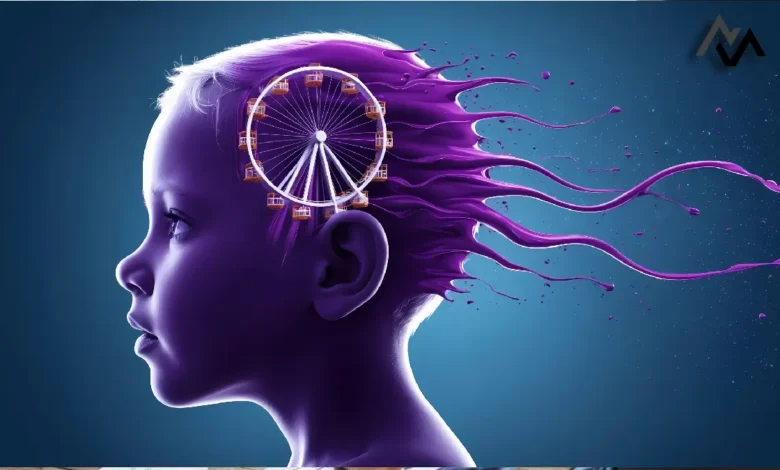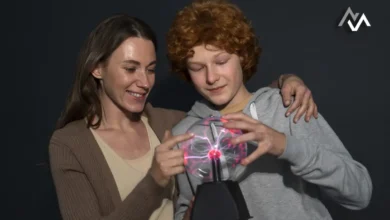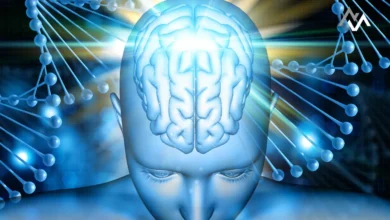Exploring the Quantum Nature of Consciousness: Microtubules and the Mind

Recent research from Wellesley College has provided compelling evidence that consciousness may arise from quantum processes within the brain’s microtubules. This study builds upon the Orch OR theory proposed by physicist Roger Penrose and anesthesiologist Stuart Hameroff in the 1990s, suggesting that quantum computations within these microscopic structures could be the foundation of conscious experience.
The Wellesley Experiment: Linking Microtubules to Consciousness
In the Wellesley study, researchers administered isoflurane, a general anesthetic, to rats to induce unconsciousness. One group of rats also received microtubule-stabilizing drugs, while the control group did not. The findings revealed that rats with stabilized microtubules maintained consciousness longer than those without stabilization, as evidenced by their ability to regain normal posture—a reflex indicating consciousness. This suggests that microtubules play a crucial role in maintaining conscious states.
Orch OR Theory: Quantum Computation in the Brain
The Orchestrated Objective Reduction (Orch OR) theory posits that consciousness arises from quantum computations within the brain’s microtubules. Penrose and Hameroff proposed that these structures facilitate quantum processes, leading to moments of conscious experience. In quantum physics, particles exist in a superposition of states—a cloud of probabilities—until they interact with their environment, causing a collapse into a definite state. Penrose hypothesized that each collapse within the brain’s microtubules results in a moment of consciousness.
Implications: A Universal Quantum Consciousness
If the Orch OR theory holds true, it could revolutionize our understanding of consciousness, suggesting that it is not confined to individual brains but is a fundamental aspect of the universe. This perspective aligns with the idea that consciousness, at a quantum level, can exist simultaneously in multiple places, potentially connecting with quantum particles beyond the brain. Such a framework implies a universal consciousness, interconnected across the cosmos.
Skepticism and Future Directions
Despite these intriguing findings, many scientists remain skeptical of the Orch OR theory. Critics argue that quantum effects typically occur under extremely cold conditions, whereas the human brain operates at much warmer temperatures, which may disrupt delicate quantum states. However, the Wellesley study provides experimental support for the role of microtubules in consciousness, warranting further investigation into the quantum aspects of the mind.
Conclusion: Bridging Neuroscience and Quantum Physics
The intersection of quantum physics and neuroscience offers a promising avenue for unraveling the mysteries of consciousness. The recent findings from Wellesley College contribute to a growing body of evidence supporting the quantum nature of consciousness, challenging traditional views and opening new pathways for research. As our understanding deepens, we may uncover profound insights into the nature of reality and the mind’s place within it.




